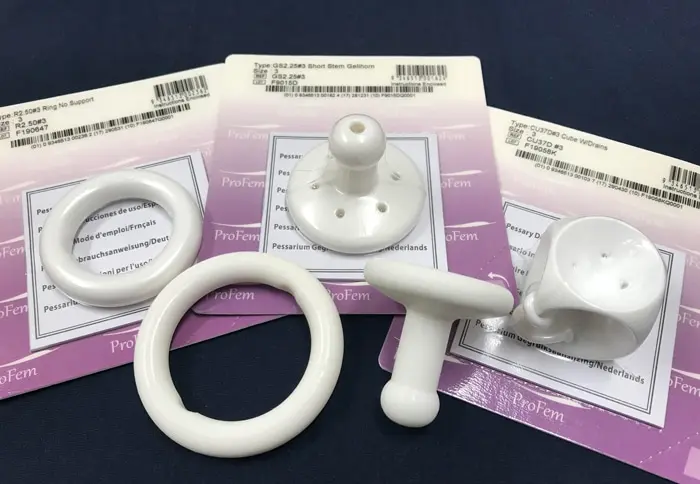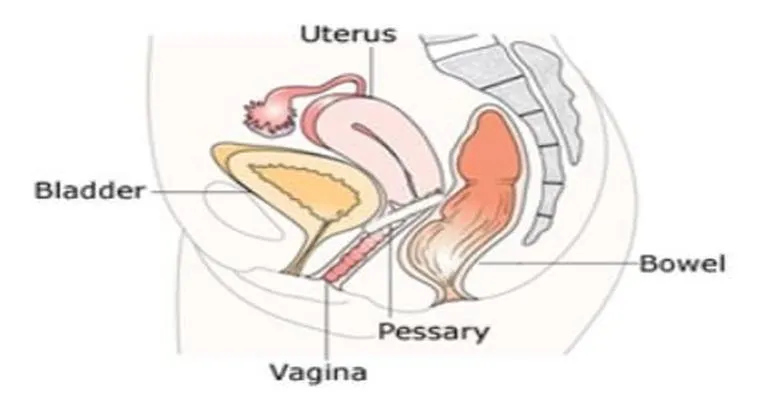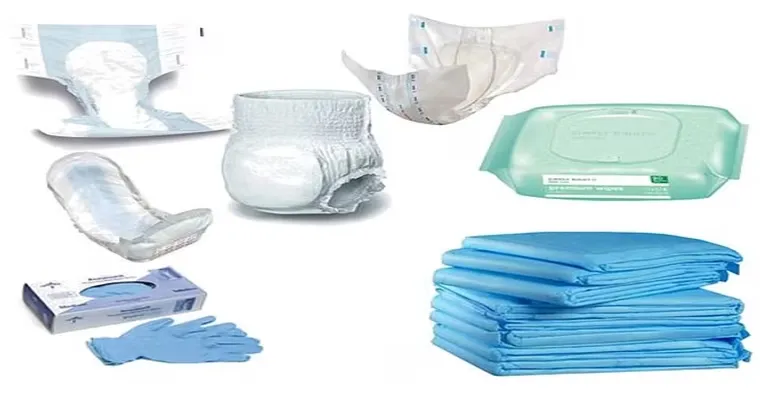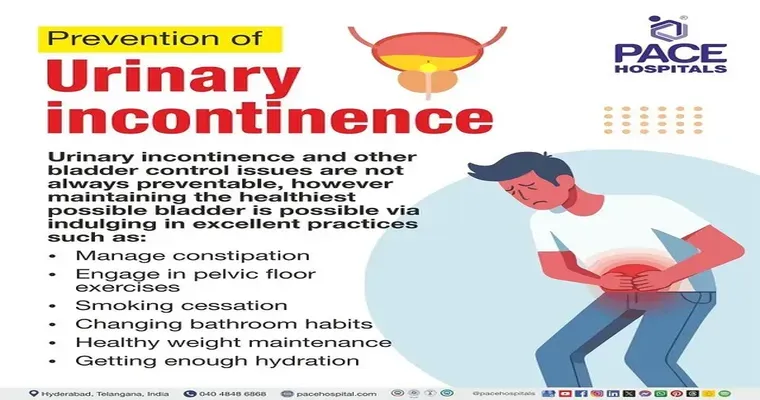When it comes to managing a "prolapsed bladder", many women find "pessaries" to be a viable solution. However, traditional pessaries can often be difficult to use and uncomfortable. With advancements in medical technology and design, many are wondering if there are any new pessaries that are easier to use than those currently available. This article delves into the latest innovations in pessary design and offers insights into their usability and comfort.
Understanding Pessaries
Pessaries are devices inserted into the vagina to support the pelvic organs and alleviate symptoms of pelvic organ prolapse, such as a "prolapsed bladder". While they can be effective, many women report difficulties with insertion, removal, and maintenance. It's crucial to find a pessary that not only provides the necessary support but is also user-friendly.

Recent Innovations in Pessary Design
The medical community has been actively working on improving pessary designs to enhance comfort and usability. Here are some of the recent advancements:
1. Material Improvements: Newer pessaries are often made from softer, more flexible materials that conform better to the body's shape. This can make them easier to insert and remove, reducing discomfort.
2. Ergonomic Shapes: Innovative designs have emerged that feature ergonomic shapes, making it easier for users to handle the device. These shapes are tailored to fit the anatomy of the vagina more naturally, which can help with both comfort and stability.
3. Self-Expanding Mechanism: Some modern pessaries come equipped with self-expanding mechanisms. This technology allows the pessary to expand once it is inserted, providing the necessary support without requiring precise placement by the user.
4. Simplified Maintenance: New designs often require less frequent cleaning and maintenance, addressing one of the common complaints among users. Pessaries that can be rinsed and reused without extensive cleaning protocols are becoming more popular.
5. Customization Options: Custom-fit pessaries are also gaining traction. These pessaries are tailored to the individual’s anatomy and can provide a more comfortable experience compared to off-the-shelf options.
Consulting with Healthcare Providers
If you are struggling with your current pessary for a "prolapsed bladder", it's essential to consult with your healthcare provider. They can offer recommendations on the latest pessary options that might be easier for you to use. They can also provide guidance on proper insertion and removal techniques, which can enhance your overall experience.

Conclusion
While traditional pessaries have served many women effectively, ongoing advancements in "pessary" design are making it easier than ever to find a suitable option for managing a "prolapsed bladder". By exploring new materials, shapes, and technologies, these devices aim to improve comfort and usability. If you're facing challenges with your current pessary, don't hesitate to reach out to your healthcare provider for advice on the latest options that might better suit your needs. With the right support, managing a prolapsed bladder can become a more comfortable and manageable experience.




